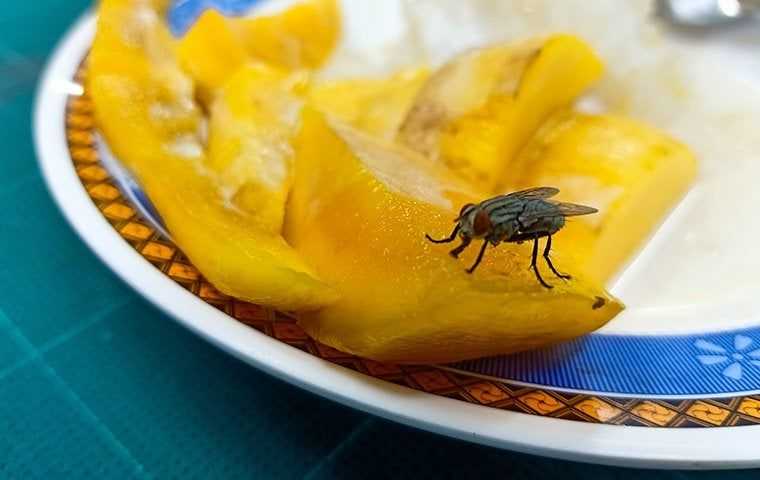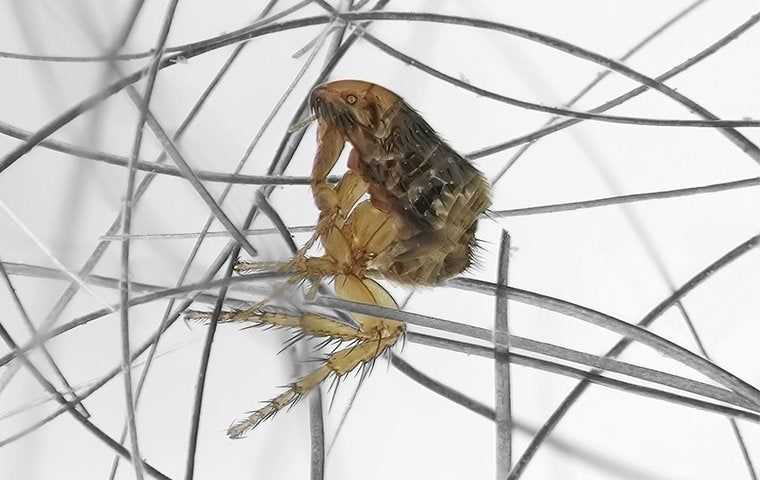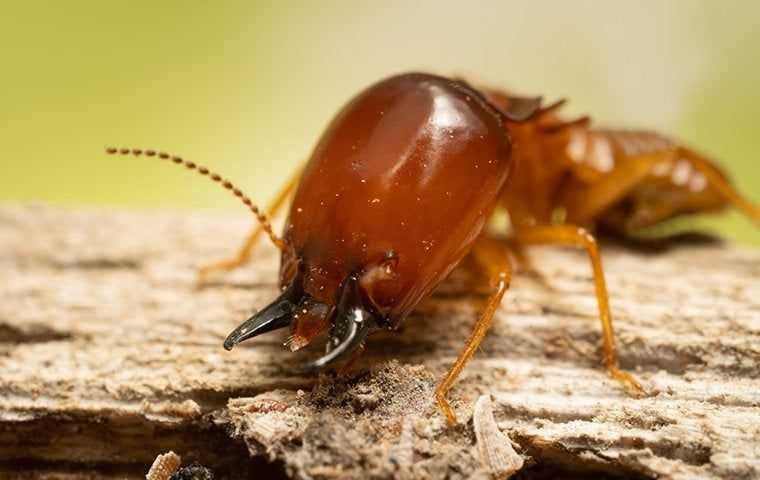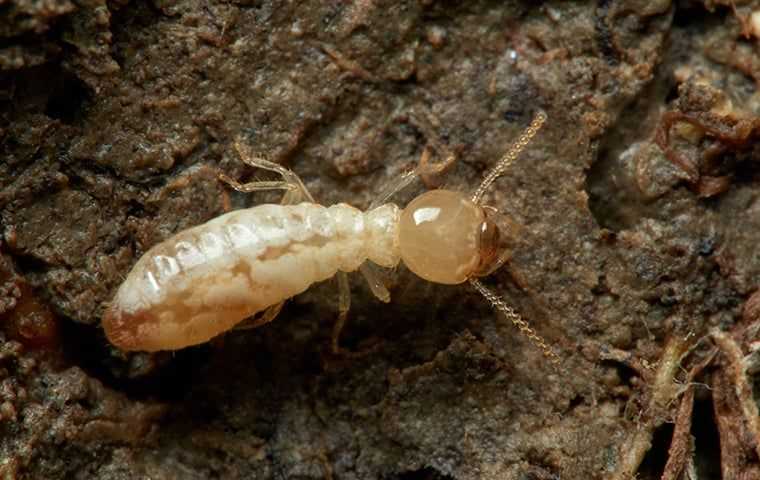What are flies?
Flies are insects that have two pairs of wings; forewings and hindwings. They also have a large head and large eyes and mouthparts that allow them to consume a liquid diet. Several fly species you might encounter in your home are:
Bottle Flies
House Flies
Gnats
Fruit Flies
You are likely already familiar with some species like house flies, gnats, and fruit flies because of how common they are. However, the other species on this list can also become a problem for you.

Are flies dangerous?
When it comes to flies in your home, it's not a question of if they are dangerous but how dangerous are they. Depending on the species, flies are capable of spreading diseases such as:
- Cholera
- Leprosy
- Tuberculosis
- Typhoid fever
- Dysentery
- Tularemia
- Anthrax
- Salmonella
By no means is this an exhaustive list, as flies can spread many more germs and illnesses. So although you may be used to swatting flies away, you may want to consider long-term home pest control solutions.
Why do I have a fly problem?
Flies are one of those pests that you either have one or two buzzing around your home or an entire infestation that seeming came from nowhere. When the first happens, there is a good chance they got indoors by accident.
In contracts, when it's an infestation you are dealing with, it could be because they are attracted to a food source such as decaying matter, pet waste, garbage, fermenting fruit, and more.
Where will I find flies?
You can commonly find flies in the kitchen or bathroom; however, these aren't the only areas you will see them. Other places in your home where flies can become an issue are in the garage, basement, and where animals live.
How do I get rid of flies?
To take care of a fly problem in your home, call our experts at All State Pest Control. We will set you up with a free inspection to check the interior and exterior, even using a camera to look inside the walls to understand the entire scope of your pest problems.
Depending on our inspection findings, we will set you up with our Nassau County pest control services customized to your needs. We will service your property three times per year, both inside and outside, unless you prefer the exterior only.
You can find out more about our residential and commercial pest control services and how we can help treat fly problems by calling us at All State Pest Control.
How can I prevent flies in the future?
Although you may not be able to keep a few stray flies from flying into your home, you can reduce the likelihood of a fly infestation by doing the following:
- Store produce in the refrigerator and throw away any food that is going bad.
- Use garbage cans with tight-fitting lids.
- Secure compost piles.
- Repair any damaged screens on windows and doors and replace old weatherstripping.
- Reduce moisture inside your home.
Don't forget to reach out to our expert technicians at All State Pest Control for fly prevention and control.
Recent Blog Articles

Are you experiencing a flea infestation? Today, local pest control companies have safe and effective treatment options for these potentially-dangerous pest...
Read More
Learn more about the damage termites can do in your Manhattan home, what attracts them, prevention tips, and how to eliminate them with Allstate Pest Contr...
Read More
Are termites actively eroding a wooden structure on your property? Promptly contact a local pest control professional before further damage occurs.
Read More




